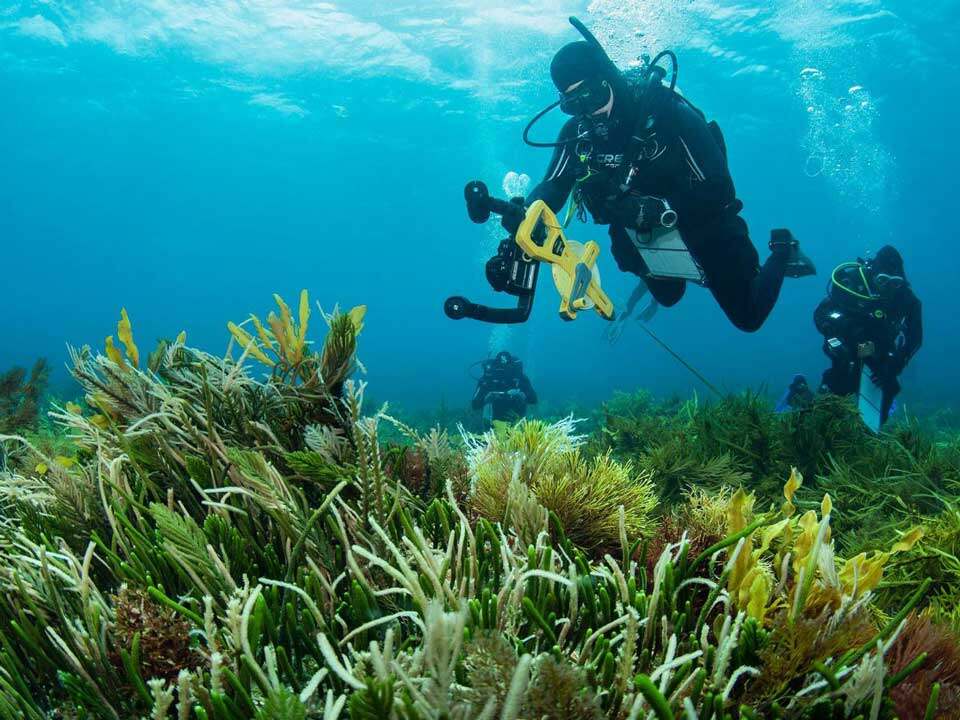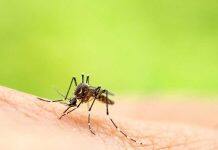Marine life being out of sight, does not mean it is out of trouble.


The majority of Australian shallow-reef species experienced steep population declines between 2008 and 2021, reports a study published in Nature this week. This trend, although not seen across all species, suggests that greater conservation efforts are required to safeguard marine ecosystems from climate change.
The University of Tasmania’s Professor Graham Edgar and colleagues, including Dr Camille Mellin, Australian Research Council Future Fellow at the University of Adelaide, conducted a large assessment of marine species population trends, including a total of 26.4 million individual observations of marine fish, mobile invertebrates (such as crabs), coral and seaweeds. These data were collected from 3,075 sites around Australia between 1992 and 2021.
Between 2008 and 2021, this study reported a population decline in 57 per cent of the 1,057 surveyed species, with 28 per cent of all observed species declining by more than 30 per cent. This included nine coral, 36 invertebrate, 34 seaweed and 227 vertebrate species. The researchers also measured the effect of heatwaves on species populations, compared to a baseline of 2008 water temperatures.
These findings can be used in an effort to protect these species from temperature fluctuations caused by human activity, a task that is essential to protect global biodiversity.
Importantly, this study demonstrates the enormous potential of citizen science monitoring programs for bringing ecological data out of the dark. Data provided by volunteer Reef Life Survey divers have provided the only population trend information for more than 1,000 species.








































